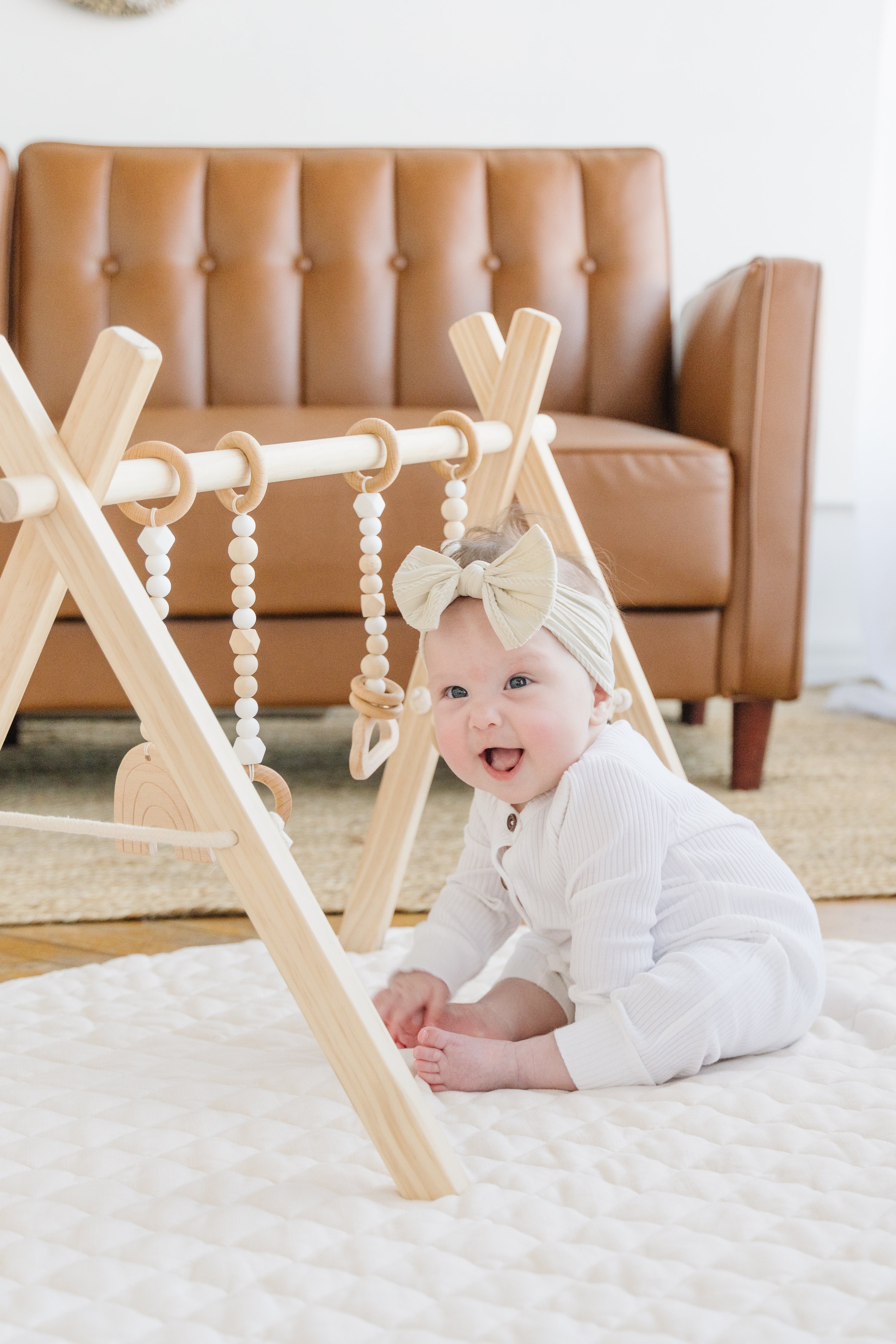What Are Civil Engineering Services and Why Are They Vital?What Are Civil Engineering Services and Why Are They Vital?
Picture the foundation of every modern facilities project– roads, bridges, buildings, water systems– that’s developed with accuracy, safety and security, and sustainability in mind. Behind these complicated structures is a professional area that ensures everything is prepared, developed, and built effectively: civil engineering services. Yet just what do these services involve, and why are they important for area advancement and growth? If you’re new to the world of civil engineering or merely wish to recognize how these services can profit your project, you remain in the best place. Maintain reading to open the tricks behind civil engineering services.
Interested about just how these services shape our cities and areas? The answer might stun you.
What Are Civil Engineering Solutions?
Civil engineering services encompass a wide range of expert tasks focused on designing and building infrastructure that sustains life. Civil engineers are in charge of changing ideas right into reality, making sure that frameworks are safe, sturdy, and eco-friendly.
Core Locations of Civil Engineering Solutions
Civil engineering covers several specialized areas, consisting of:
Architectural engineering
Geotechnical engineering
Transportation engineering
Water resources engineering
Environmental engineering
Building and construction management
Each area plays a important role in the preparation and implementation of infrastructure jobs, guaranteeing they fulfill safety and security criteria and sustainability goals.
The Process of Civil Engineering Solutions
From initial idea to last building and construction, civil engineering services entail a number of crucial phases:
Feasibility Research Study and Preparation: Analyzing job stability, environmental influence, and site conditions.
Style and Evaluation: Developing detailed plans and structural versions that satisfy regulatory standards.
Permitting and Approval: Navigating local laws and safeguarding needed authorizations.
Building And Construction Oversight: Overseeing recurring job, guaranteeing it remains within extent, schedule, and spending plan.
Maintenance and Evaluation: Supplying ongoing assistance to make certain longevity and safety.
This comprehensive method guarantees that every aspect of an framework job is carefully handled and performed.
Why Are Civil Engineering Providers Important?
Without professional civil engineering services, contemporary city growth and framework would certainly be difficult. Proper preparation, style, and building protect against catastrophes, decrease expenses, and promote sustainability.
Making Sure Safety and Compliance
Civil designers design frameworks to stand up to all-natural forces and daily use, maintaining the general public safe. They likewise ensure projects adhere to neighborhood building regulations and environmental guidelines.
Sustaining Financial Development
Framework jobs developed by civil engineering services enhance local economic situations by improving transport, water system, and overall connectivity. These developments draw in investments and produce tasks.
Advertising Sustainability
Modern civil engineering stresses environment-friendly layouts, reliable source usage, and reducing ecological effect. Lasting methods aid protect natural resources for future generations.
Just How to Choose Civil Engineering Services for Your Task
Experience and Know-how
Look for service providers with a proven record throughout numerous projects. Civil engineering is a complicated field, and skilled companies can handle one-of-a-kind challenges effectively.
Comprehensive Service Offering
A full-service engineering firm can take care of every phase, from preliminary planning to upkeep. This alignment minimizes communication voids and enhances job implementation.
Regional Knowledge and Licensing
Guarantee the firm recognizes regional regulations and has the required licenses. Regional experience can make or break a job’s success.
Customer References and Portfolio
Testimonial previous jobs and consult with previous clients preferably. Successful firms will have references that vouch for their professionalism and high quality.
Why Companion with a Leading Civil Engineering Company?
Picking a trustworthy provider is essential. At SESI, they specialize in providing extensive civil engineering services tailored to your task’s demands. Their group combines technical competence with ingenious services to ensure your task is completed in a timely manner and within budget plan.
Customized Solutions
Every task has distinct demands. The right civil engineering partner provides customized strategies ensuring your objectives are satisfied efficiently.
Commitment to Sustainability
They focus on lasting designs that safeguard the setting while maximizing resource use and lasting durability.
Quality and Integrity
Their focus on quality and integrity guarantees your task abides by the greatest requirements, minimizing threats and guaranteeing longevity.
Final Thoughts
Civil engineering services are the foundation of building functional, risk-free, and sustainable infrastructure. Whether you’re planning a new development, roadway enhancement, or water supply, partnering with knowledgeable specialists makes all the difference.
If you’re looking for a relied on provider of civil engineering services, check out SESI. Their group is devoted to changing ideas into durable, secure, and lasting facts. Reach out today and see how they can help bring your vision to life.





